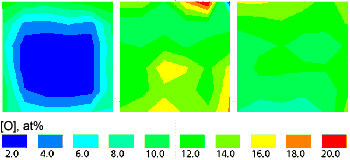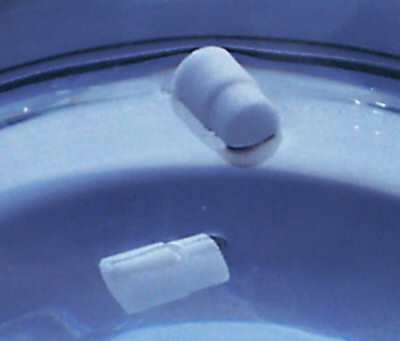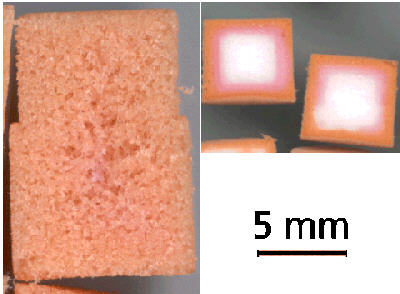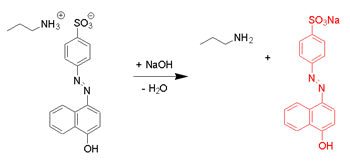There is a number of applications which demand to provide a functionalization of the inner surface of a porous material.
Sintered powders of polyethylene can be used for example as water proof pressure equilibration devices in equipment housings. Decreasing the surface energy can considerably improve the performance of such devices. For their application as filters, an altered surface chemistry can modify the permeation properties.
The membrane preparation is optmized for obtaining various specific properties (please see membrane group). The surface properties can be optimized or altered by funcionalizing the surface of the active layer. Hydrophobic coatings on pervaporation membranes increases the time before failure due to degradation.
3D printed parts often are porous. Activation and coating can be applied to close the pores.



